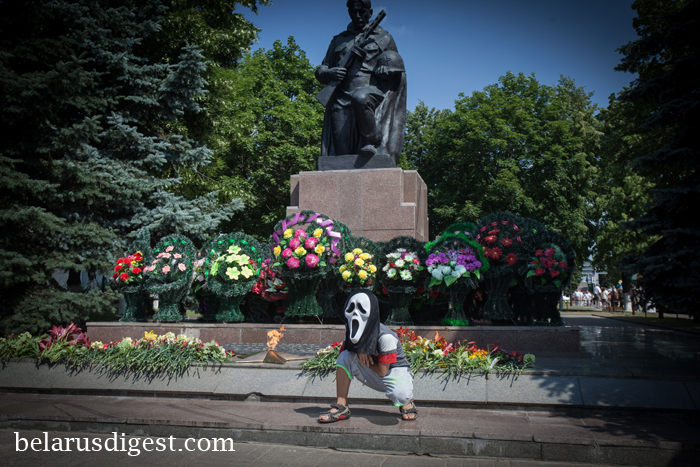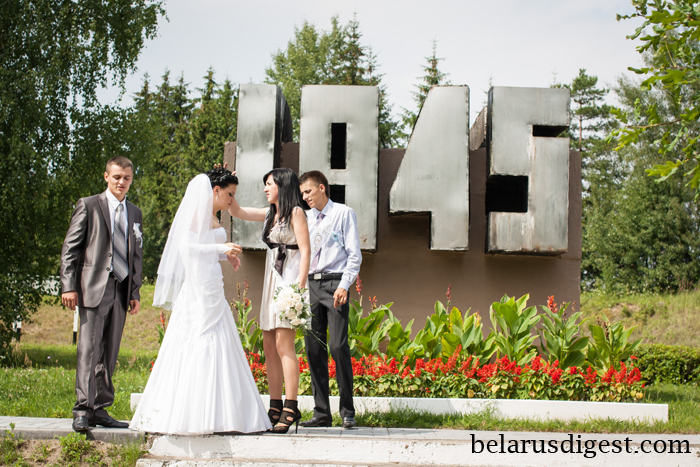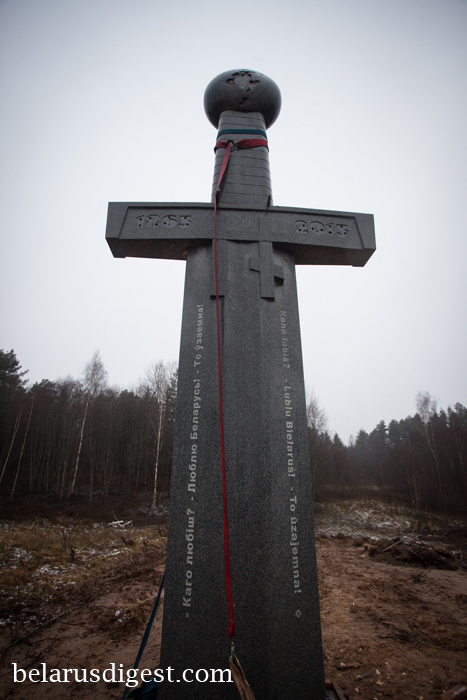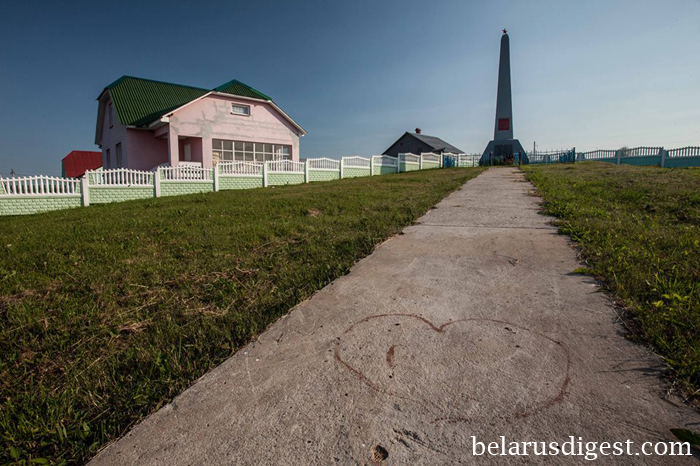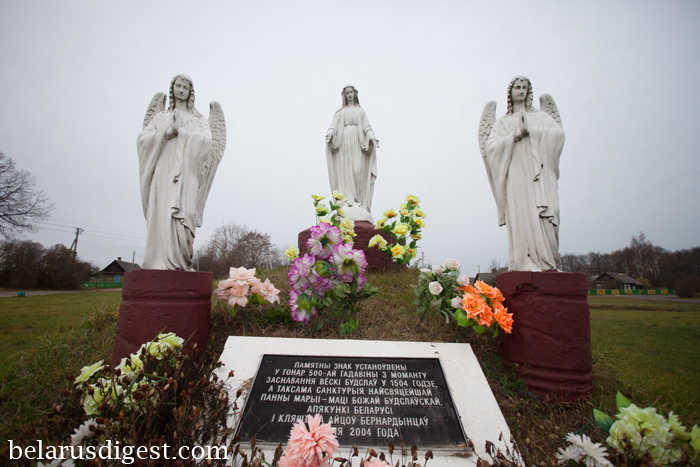Monuments Reveal Conflicted National Identity of Belarusians – Belarus Photo Digest

Since 1991, two opposing conceptions of Belarusian national identity have coexisted side by side. One glorifies Belarus’s Soviet past, cultural ties to Russia, and victory in the Second World War (WWII) as the nation’s founding moment. Until recently, this has been the preferred identity narrative of the Lukashenka regime.
The alternative conception focuses on the country’s pre-Soviet history, first as a part of the Duchy of Lithuania and then of the Polish-Lithuanian Commonwealth. This narrative glorifies heroes who fought for Belarus’s independence from the Russian Empire and views Moscow and the Soviet Union as occupiers. This conception has been the preferred narrative of the majority of the Belarusian opposition.
This photo exhibit on Belarusian architecture, national symbols, and monuments exemplifies these conflicting narratives.
Monument to young pioneers in Halshany, Ashmiany region. A pioneer could be recognised by a red necktie. Monuments to pioneers once stood in front of many Belarusian schools. The pioneer movement was managed by the Communist party until 1991. It has been revived in some Belarusian schools.
A masked boy poses for a photo in front of a WWII monument to the Red Army in Smarhon, Grodno region. Fresh flowers were laid on July 3, Belarus’s official independence day, which celebrates the day when the Red Army freed Minsk from German occupation.
Newlyweds lay flowers in front of a WWII monument, a tradition at many Belarusian weddings.
A monument to the victims of WWII in Smarhon region. Such monuments can be found all over Belarus.
A monument to a member of the Cheka, the Bolshevik secret police, who died fighting “class enemies.” Residents of the village say that the Cheka lieutenant was murdered for promoting collective farms.
Children are building a snowman next to a monument to Vladimir Lenin in Braslau, Vitebsk region. Unlike in Poland and Lithuania, where Lenin statues were dismantled en masse in the 1990s, Belarus has retained most of the Soviet Era Monuments. Statues of Lenin and even of Feliks Dzerzhinsky, the father of the Soviet secret police, are still standing in squares and parks.
Monument celebrating the 1863-64 rebellion against the Russian empire, erected on private land in Astravets region. The inscription on the monument reads, “Who do you love? – I love Belarus. – The love is mutual.”
Stalag 342 WWII memorial complex in Maladzechzna, Minsk region. A prayer is held at the location of the former concentration camp.
A woman reads the names of prisoners who died at Stalag 342 concentration camp in Maladzeczna.
Monument to Sofia Halshanskaya, the Grand Duchess of Lithuania and queen of Poland (1422 –1434) in her birthplace, the village of Halshany, Hrodno region.
Monument to the Ogiński family in the village of Zalesse, Smarhon region. Michał Kleofas Ogiński (1765 –1833) was the Grand Treasurer of the Polish-Lithuanian Commonwealth and participated in the Kosciuszko Uprising against the Russian and Prussian empires in 1794. He is best known as a composer of the polonaise Farewell to the Homeland, written in 1794 when Ogiński went into exile following the defeat of the Kosciuszko Uprising against the Russian Empire.
The grave of Francišak Bahuševič in Astravets region, celebrated as a founding father of Belarusian literature. Bahuševič fought in the 1863 uprising against the Russian empire.
Monument to the victims of WWII in Sinki, Smarhon region.
This stone commemorating “The Martyrs for the Freedom and Independence of Belarus” in Maladzechzna, Minsk region, has changed its location twice. The monument was initially installed in the central square, across from the monument to Vladimir Lenin. Today it is located in the city’s park.
A monument celebrating 500 years since the founding of Budslau, Miadzel region, home to the National Sanctuary of the Mother of God of Budslau.
About the photographer: Siarhei Leskiec is a freelance photographer whose work focuses on everyday life, folk traditions, and rituals in the Belarusian countryside. Originally from Maladzeczna region, he received a history degree from Belarusian State Pedagogical University.


